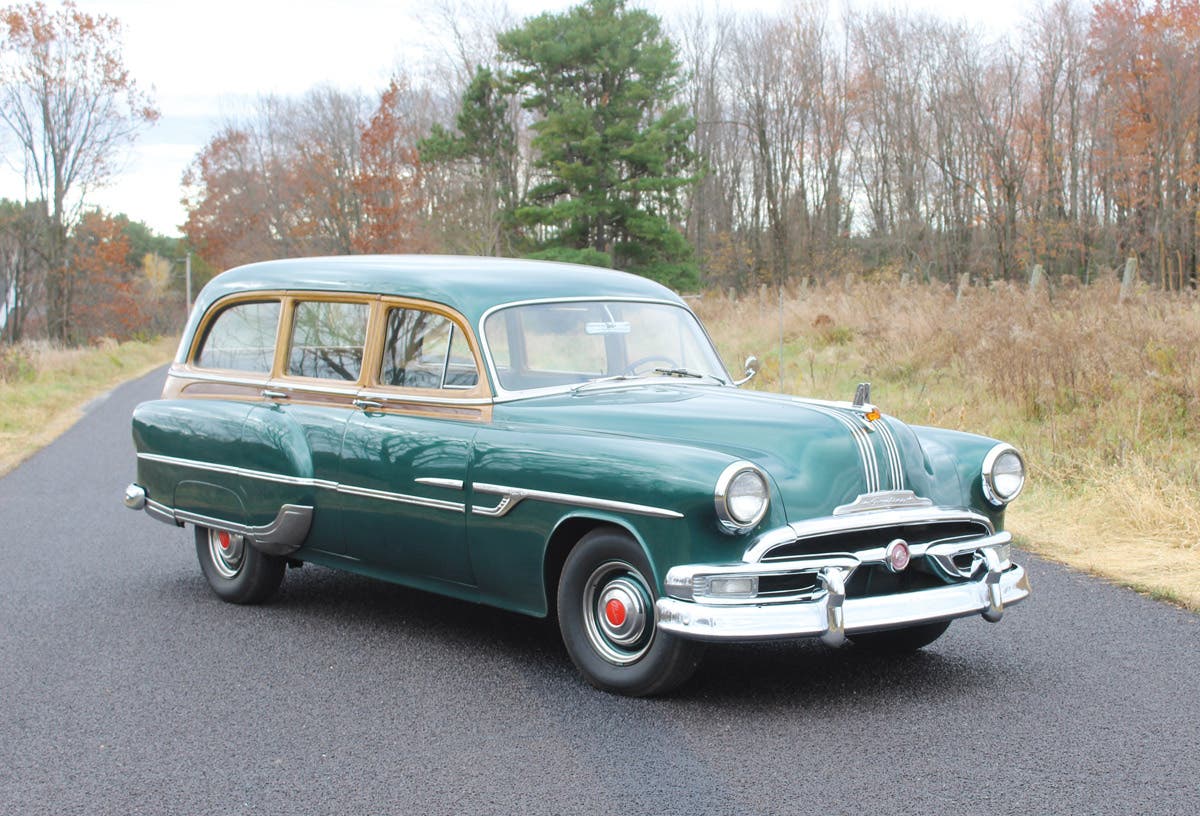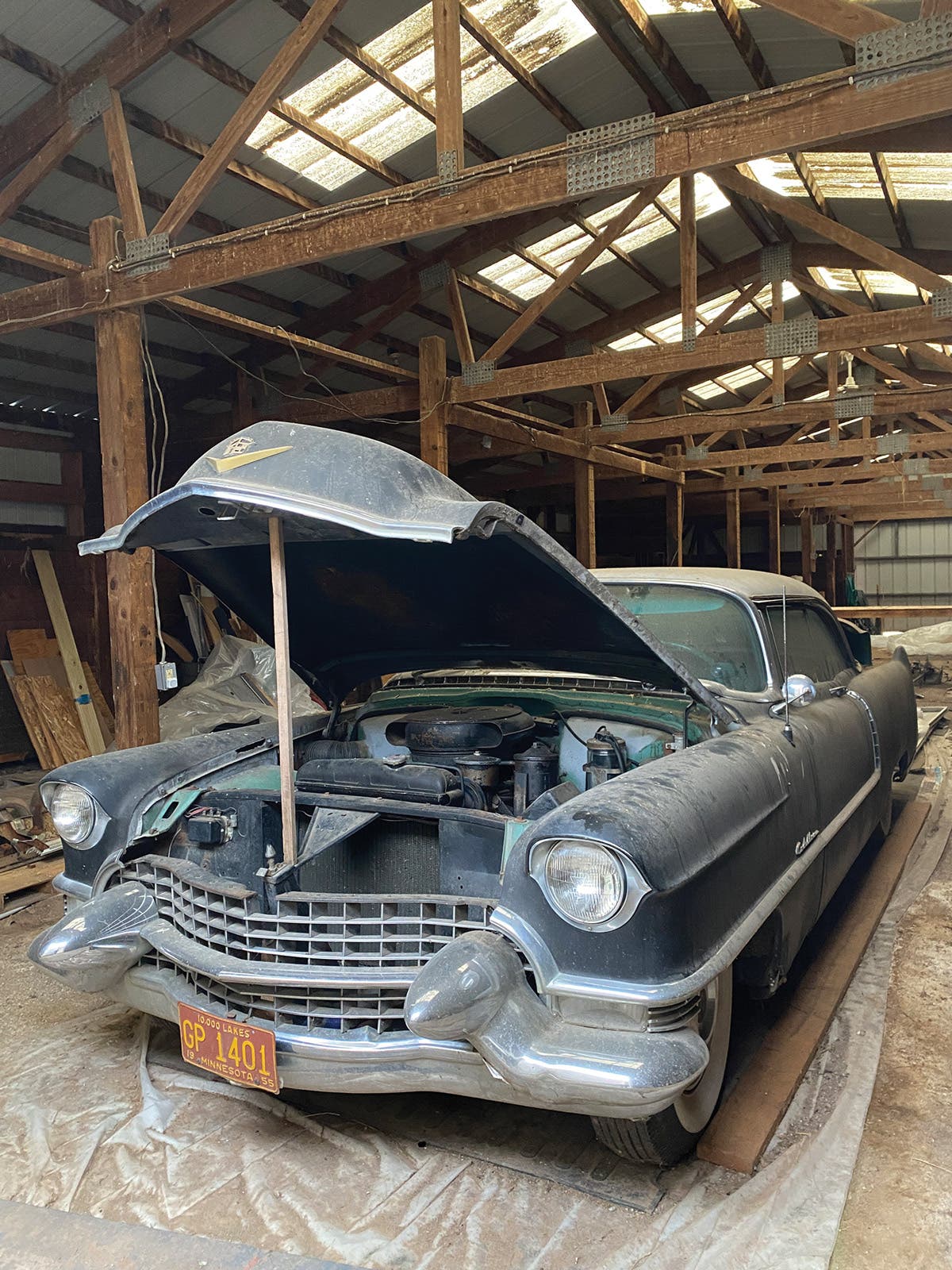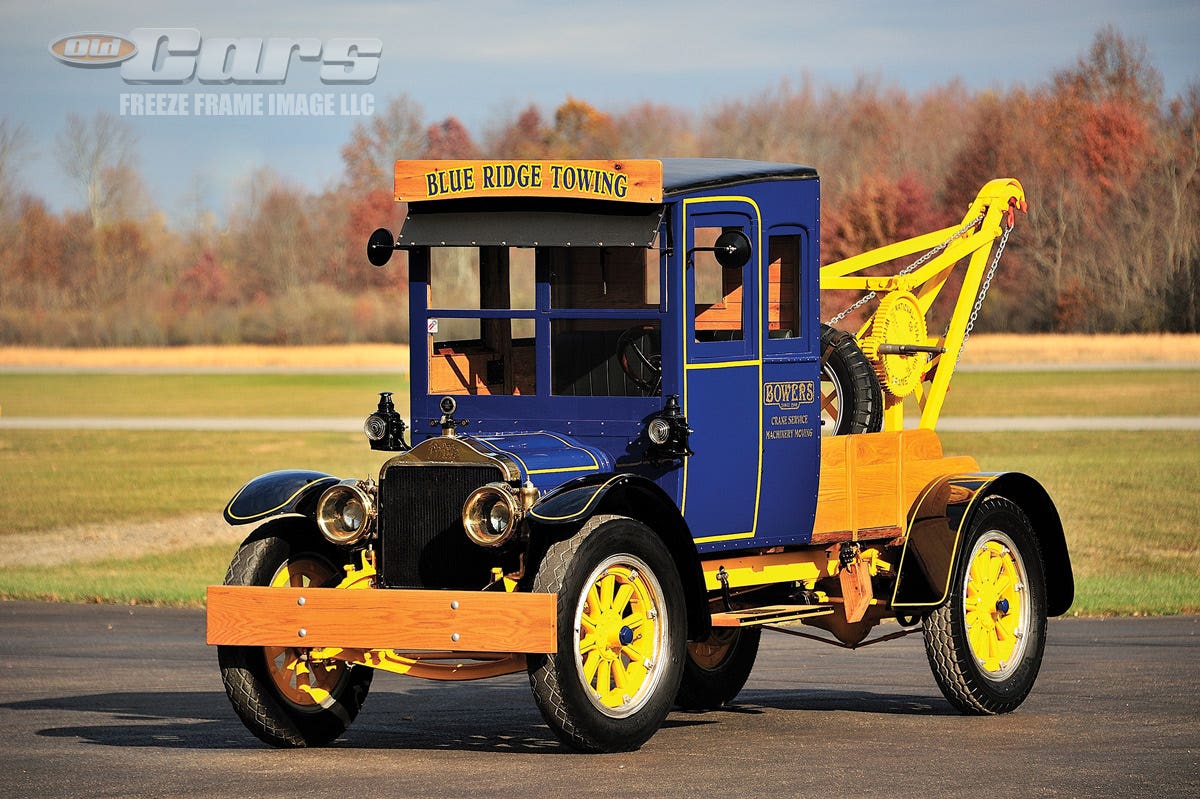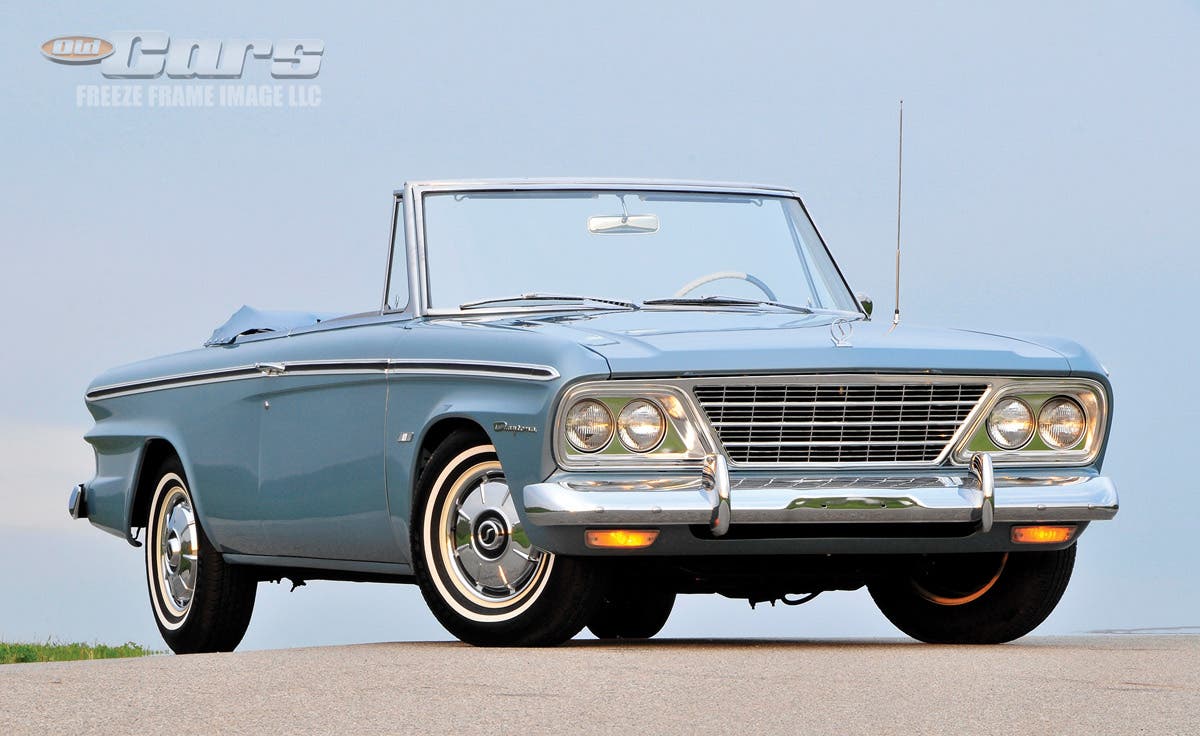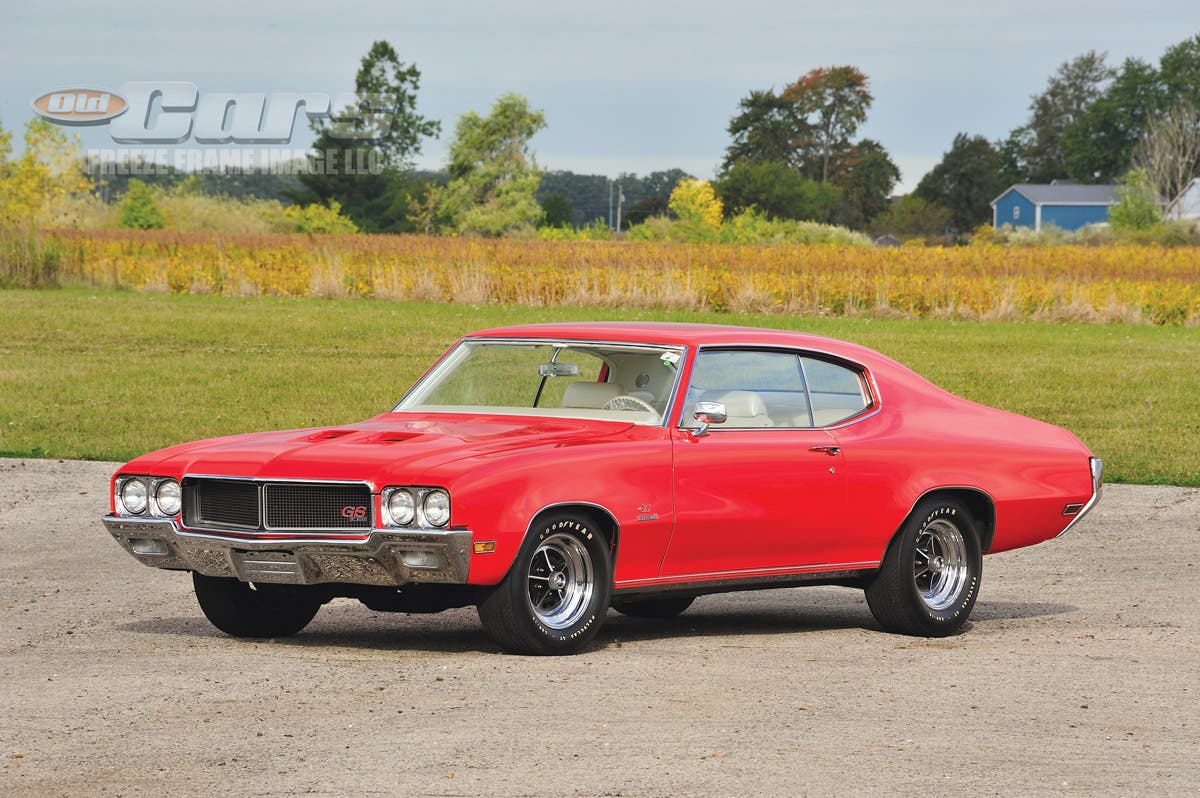As a way to continue profitability, Kaiser-Frazer Corporation sought to enter the small car field. Pent-up postwar demand for new cars had subsided and the way to attract sales was to offer something different, preferably without much competition. The Henry J was the result, and like seemingly all K-F projects, it was surrounded with controversy.
When the early design from American Metal Products arrived in 1948, there was no domestic compact car being mass produced. This class does not include the small Crosley.
Kaiser-Frazer’s new small car for 1951 was the Henry J. It featured contemporary styling with rear fender fins, a full frame and choice of four or six cylinder power. Furnishings were solidly in the basic category.
During the ensuing wrangling at K-F, Nash-Kelvinator brought out its 100-inch wheelbase Rambler during the 1950 model year. This would not end up a direct competitor to the forthcoming Henry J as Ramblers were fully equipped and sold in upmarket two-door convertible, wagon and hardtop models.
K-F’s light car was to be basic transportation and that it exactly what it was, drawing complaints from some quarters.
With a full frame, 100-inch wheelbase and only a two-door sedan body style, the new compact from K-F was far from a clone of the unitized body Rambler. Fastback styling more or less followed the original design, but Howard “Dutch” Darrin, who proposed his own light car, got to modify the chosen design before it hit production. His famous dip and an altered rear window were among his contributions. Notable were high fins on the rear fenders, even higher than Cadillacs, which Darrin made clear were not of his doing,
Power was sourced from Willys-Overland, using the 134.2-cid flathead four seen in Jeeps, rated at 68 horsepower and the 161-cid flathead six, used in larger Jeeps, good for advertising 80 horsepower. Willys was working on its own compact car, the Aero Willys, which would bow as a 1952 model.
The new K-F compact came out 174.5 inches long, 70 inches wide and 60 inches high. It was very basic, with no opening trunk (the rear seat back folded down) and no glove compartment, at least in the early models. Interiors were very basic.
The new car seemingly had everything — except a name. When the prototype was shown in 1950, the front name plate said “Name the Car.” A contest was held and the choice was Henry J, which just happened to be Chairman of the Board Henry J. Kaiser’s first name and middle initial.
Low self esteem was not one of his problems.
Early 1952 Henry J’s were called Vagabonds. They were left over 1951 models and many came with the optional continental exterior tire. This example had the opening rear trunk, which became available during the 1951 model run.
Despite many shortcuts to get down to the $1,219 four-cylinder and $1,343 prices (before taxes and shipping), reviews of the Henry J were favorable for performance and handling. Bare-bones interiors and equipment drew the sternest critiques.
In November of 1951, K-F and Sears Roebuck agreed to build the Allstate version of the Henry J to be sold through Sears stores, the first new vehicles sold by the department store/mail order chain since 1912. Allstate featured many Sears’ parts and had its own interiors. Sales started as 1952 models and lasted into the 1953 model year. There weren’t many.
While Henry J sales started off OK, as the 1951 model year progressed, production got too far ahead and there were leftover 1951 models when the 1952 model year was to start. This was a common problem at K-F.
As a result, early 1952 Henry J’s would be retitled 1951s with a few features added. Also left over were a bunch of Vagabond nameplates (from the old Kaiser hatchback four-door sedans). They were applied to the 1951s, most of which had the opening trunks which were added as an option mid-year. Also liberally used was the optional continental rear tire ($88) mount and tire cover, which freed up some trunk space. Henry J Vagabonds were sold from December 1951 to March (and beyond) to deplete the leftover stock.
Second series 1952 Henry J’s were announced on Feb. 20, 1952. They had a restyled full width grille, new taillights mounted high in the fins. There were also opening glove compartments, revised shocks, steering, clutch linkage and interior trim. Most notable was a new name, Corsair, no doubt drawn from the World War II gull-winged Navy fighter from Consolidated-Vultee.
As an aside, the Corsair was the last piston-powered Navy fighter to stay in production — lasting until 1954, which was also the last model year for the Henry J.
Henry J’s for 1952 were available as the Corsair 4 and Corsair Deluxe 6. Sales continued to decline, but 1953 Henry Js were introduced in October of 1952 and featured several improvements. Exterior styling remained mostly the same, save for a revised hood ornament and new rear bumper pan that increased length from 181 to 184 inches. Padding was added to the top of the instrument panel, the instrument cluster was revised and interiors, especially in the Corsair Deluxe, were upgraded and almost stylish.
On March 24, 1953, Kaiser bought Willys-Overland to form Kaiser-Willys, which would eventually keep Kaiser in the automotive field for several years.
Henry J production of 1953 models at the Willow Run factory ended in June. After that mostly unchanged 1954 models trickled out to the end of 1953. They were the last Henry Js.
Production of the large Kaisers would be shifted to the Willys factory in Toledo, Ohio in 1954, but for Henry J, it was over. Kaiser and Willys passenger cars barely made it into 1955 before production was shut down in this country for good. Tooling was shipped to the Kaiser factory in Argentina and both went on to a second life, with the Willys lasting the longest.
Henry J’s found popularity in racing with applications in modified stock cars and drag racing. It took collectors much longer to realize their value.



